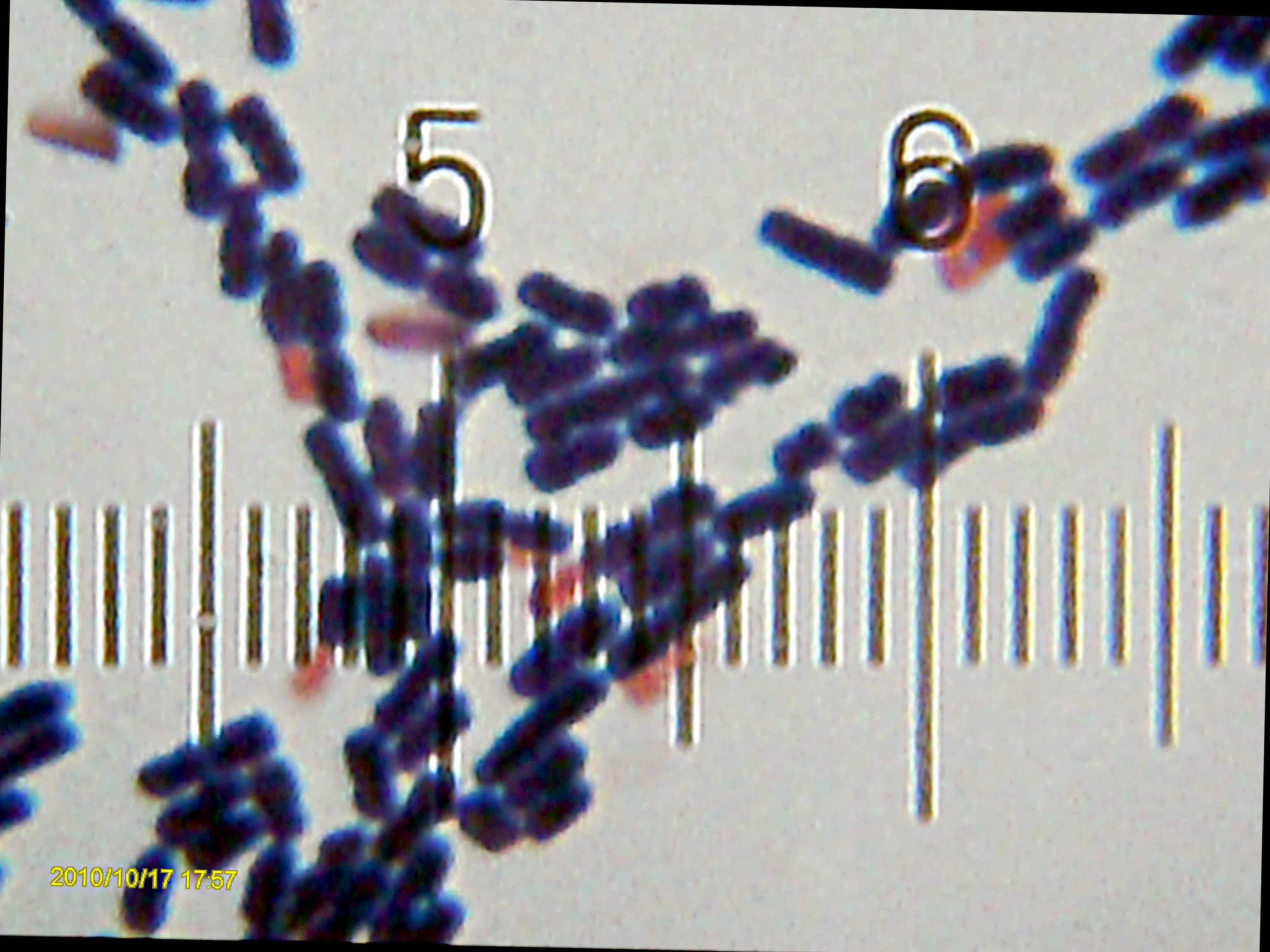|
Halomonas Desiderata
''Halomonas desiderata'' is an alkaliphilic, halotolerant and denitrifying bacterium first isolated from a municipal sewage works Sewage treatment (or domestic wastewater treatment, municipal wastewater treatment) is a type of wastewater treatment which aims to remove contaminants from sewage to produce an effluent that is suitable for discharge to the surrounding envir .... References Further reading * * *Mata, Juan Antonio, et al. "A Detailed Phenotypic Characterisation of the Type Strains of'' Halomonas'' Species." Systematic and Applied Microbiology25.3 (2002): 360–375. *Dworkin, Martin, and Stanley Falkow, eds. The Prokaryotes: Vol. 6: Proteobacteria: Gamma Subclass. Vol. 6. Springer, 2006. External links *Type strain of ''Halomonas desiderata'' at Bac''Dive'' - the Bacterial Diversity Metadatabase Oceanospirillales Bacteria described in 1997 {{Oceanospirillales-stub ... [...More Info...] [...Related Items...] OR: [Wikipedia] [Google] [Baidu] |
Alkaliphilic
Alkaliphiles are a class of extremophilic microbes capable of survival in alkaline ( pH roughly 8.5–11) environments, growing optimally around a pH of 10. These bacteria can be further categorized as obligate alkaliphiles (those that require high pH to survive), facultative alkaliphiles (those able to survive in high pH, but also grow under normal conditions) and haloalkaliphiles (those that require high salt content to survive).HORIKOSHI, KOKI. "Alkaliphiles: Some Applications of Their Products for Biotechnology." MICROBIOLOGY AND MOLECULAR BIOLOGY REVIEWS 63.4 (1999): 735-50. Print. Background information Microbial growth in alkaline conditions presents several complications to normal biochemical activity and reproduction, as high pH is detrimental to normal cellular processes. For example, alkalinity can lead to denaturation of DNA, instability of the plasma membrane and inactivation of cytosolic enzymes, as well as other unfavorable physiological changes.Higashibata, Akira ... [...More Info...] [...Related Items...] OR: [Wikipedia] [Google] [Baidu] |
Halotolerant
Halotolerance is the adaptation of living organisms to conditions of high salinity. Halotolerant species tend to live in areas such as hypersaline lakes, coastal dunes, saline deserts, salt marshes, and inland salt seas and springs. Halophiles are organisms that live in highly saline environments, and require the salinity to survive, while halotolerant organisms (belonging to different domains of life) can grow under saline conditions, but do not require elevated concentrations of salt for growth. Halophytes are salt-tolerant higher plants. Halotolerant microorganisms are of considerable biotechnological interest. Applications Fields of scientific research relevant to halotolerance include biochemistry, molecular biology, cell biology, physiology, ecology, and genetics. An understanding of halotolerance can be applicable to areas such as arid-zone agriculture, xeriscaping, aquaculture (of fish or algae), bioproduction of desirable compounds (such as phycobiliproteins or carotenoid ... [...More Info...] [...Related Items...] OR: [Wikipedia] [Google] [Baidu] |
Denitrification
Denitrification is a microbially facilitated process where nitrate (NO3−) is reduced and ultimately produces molecular nitrogen (N2) through a series of intermediate gaseous nitrogen oxide products. Facultative anaerobic bacteria perform denitrification as a type of respiration that reduces oxidized forms of nitrogen in response to the oxidation of an electron donor such as organic matter. The preferred nitrogen electron acceptors in order of most to least thermodynamically favorable include nitrate (NO3−), nitrite (NO2−), nitric oxide (NO), nitrous oxide (N2O) finally resulting in the production of dinitrogen (N2) completing the nitrogen cycle. Denitrifying microbes require a very low oxygen concentration of less than 10%, as well as organic C for energy. Since denitrification can remove NO3−, reducing its leaching to groundwater, it can be strategically used to treat sewage or animal residues of high nitrogen content. Denitrification can leak N2O, which is an ozone ... [...More Info...] [...Related Items...] OR: [Wikipedia] [Google] [Baidu] |
Sewage Works
Sewage treatment (or domestic wastewater treatment, municipal wastewater treatment) is a type of wastewater treatment which aims to remove contaminants from sewage to produce an effluent that is suitable for discharge to the surrounding environment or an intended reuse application, thereby preventing water pollution from raw sewage discharges. Sewage contains wastewater from households and businesses and possibly pre-treated industrial wastewater. There are a high number of sewage treatment processes to choose from. These can range from decentralized systems (including on-site treatment systems) to large centralized systems involving a network of pipes and pump stations (called sewerage) which convey the sewage to a treatment plant. For cities that have a combined sewer, the sewers will also carry urban runoff (stormwater) to the sewage treatment plant. Sewage treatment often involves two main stages, called primary and secondary treatment, while advanced treatment also incorp ... [...More Info...] [...Related Items...] OR: [Wikipedia] [Google] [Baidu] |
Oceanospirillales
The Oceanospirillales are an order of Pseudomonadota with ten families. Description Bacteria in the ''Oceanospirillales'' are metabolically and morphologically diverse, with some able to grow in the presence of oxygen and others requiring an anaerobic environment. Members of the ''Oceanospirillales'' can be halotolerant or halophilic and require high salt concentrations to grow. While they grow in diverse niches, all ''Oceanospirillales'' derive their energy from the breakdown of various organic products. Bacteria in the ''Oceanospirillales'' are motile except for those in the genus ''Alcanivorax''. Bacteria in the ''Oceanospirillales'' include hydrocarbon-degrading groups such as ''Oleispira antarctica'', ''Thalassolituus oleivorans'', and ''Oleiphilus messinensis'' , which were found in the indigenous microbial community in deep waters after the Deepwater Horizon oil spill in 2010. They are also common members of bacterial communities in the water column of the hadal The ... [...More Info...] [...Related Items...] OR: [Wikipedia] [Google] [Baidu] |
